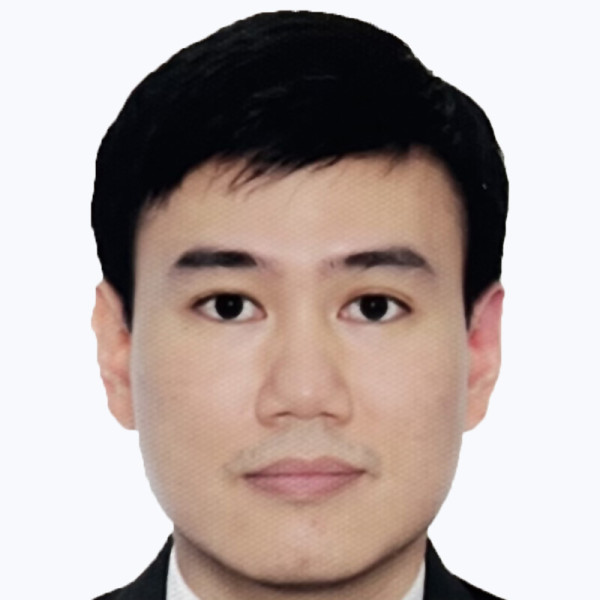

It took nine years for tycoon Edgar Saavedra to list Citicore Renewable Energy Corp. (CREC), building up its portfolio from zero to 285 Megawatts (MW), making it the country’s second-biggest solar power producer.
Now, the company is aiming for the top spot within five years, targeting to add 1,000 MW annually to reach 5,000 MW by 2028, including hydro and wind projects.
“We’re visionaries and we’re also bold entrepreneurs, therefore, we have bold ambitions,” CREC president and CEO Oliver Tan, who helped establish the power business in 2015, said after the company’s IPO on Friday.
“The goal is to become the largest [or at least rank among] the top three largest power generation companies in the Philippines, not only in solar,” he said.
Big picture
The Philippines is transitioning toward cleaner power with a target to reach 35 percent renewable sources by 2030 and 50 percent by 2040.
That figure stood at 22 percent in 2022, according to reports.
CREC was an early pioneer in renewable energy, but the spike in traditional energy prices from the Russia-Ukraine war pushed them to go all in, said Saavedra, the company’s chair.
Massive spending
CREC is striving for a substantial share of that capacity, which will demand about P175 billion in capital expenditures for the five-year plan.
Tan said they plan to sell more shares as the company grows, but their preference in the near term is tapping debt market, potentially including a green bond issuance apart from bank loans.
CREC also has plans in the pipeline beyond the next five years to double capacity to 10,000 MW.
“From a short-term horizon, it will primarily be solar. Over the medium-term it will be combination of onshore wind and battery energy storage systems and over the longer time horizon will be offshore wind,” Tan said.
Investor interest
CREC is also capitalizing on heightened interest from both large domestic and foreign investors.
Before the P5.3 billion IPO, CREC’s renewable energy-themed real estate investment trust (REIT) arm Citicore Energy REIT received a P5 billion investment from the Sy family’s SM Investments, one of the biggest conglomerates in the Philippines.
The IPO of CREC also lured a $12.5 million investment from the United Kingdom government’s MOBILIST program—its first in the country. This was equivalent to over 15 percent of the primary portion of the IPO.
This was crucial to the IPO’s success amid volatile stock market conditions that nearly caused the offering to be postponed, similar to other high-profile listings.
Sources told InsiderPH that Philippine Stock Exchange president Ramon Monzon played a key role in ensuring the CREC IPO moved forward. It was also thanks to a PSE-organized event that Megawide was able to link up with MOBILIST in 2023, a source said.
The IPO was supported by top investment banks led by BDO Capital & Investments Corp., UBS AG, and CLSA Ltd.
Buy rating
Alfred Benjamin R. Garcia, head of research at stockbrokerage house AP Securities Inc., said they are positive on CREC due to its significant growth potential, although profitability might be a challenge early on.
“Revenue growth will likely overtake expense growth in 2026, but the company is unlikely to report profits until 2027. We also expect free cash flow to remain negative from 2024-2026 as capital spending exceeds cash flow from operations,” Garcia said.
AP Securities is reiterating a buy rating on CREC with a target price of P3.26 per share, implying a 20 percent upside from the current level.
“The basis of our buy recommendation on CREC is the future growth of its renewable energy platform, and not its near-term earnings prospects,” Garcia said.
Engineering core
The group has a history of punching above its weight, as demonstrated by its previous infrastructure and construction projects. On Friday, Saavedra confessed they still receive questions about their aggressive growth targets.
“We’ve been building infrastructure, we’ve been doing school buildings, we’re building rail and [went into] airports. We have shown that we are able to level up industry standards when it comes to construction,” he said.
This construction-focused philosophy, which predates the IPO of Megawide Construction in 2011, has defined the group’s direction.
“The story 15 years ago was we will leverage our engineering DNA to enter into infrastructure development. Back then, we faced skepticism,” Tan said.
“Everything that we’ve done is consistent with that blueprint,” he added.
What’s next?
Tan said CREC can eventually deliver reliable and consistent power through its renewable energy investments.
At that point, Tan said they can even offer prices that are competitive with traditional power sources such as coal.
“Through a portfolio of solar, battery, and wind. Solar generates at daytime, wind generates at nighttime and then with battery to smoothen the intermittency, we believe we will be able to achieve very close to a baseload of pure renewable energy,” he said.

Miguel R. Camus has been a reporter covering various domestic business topics since 2009.